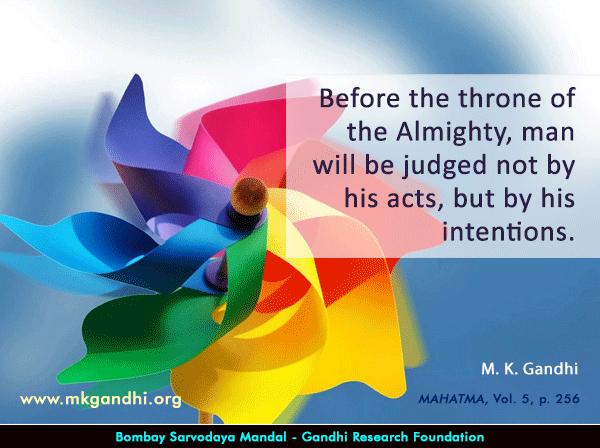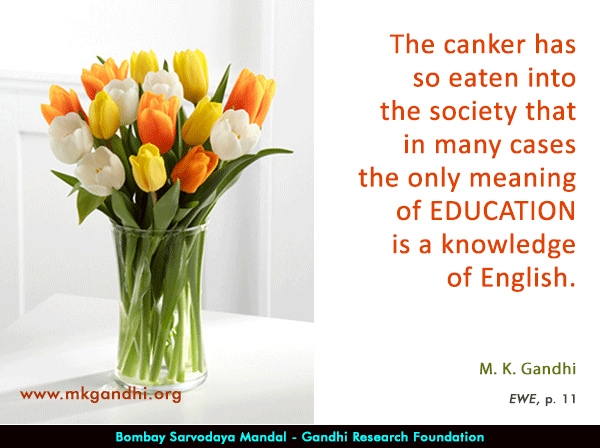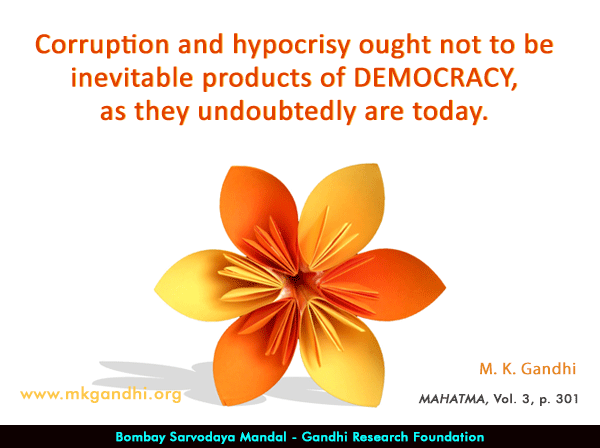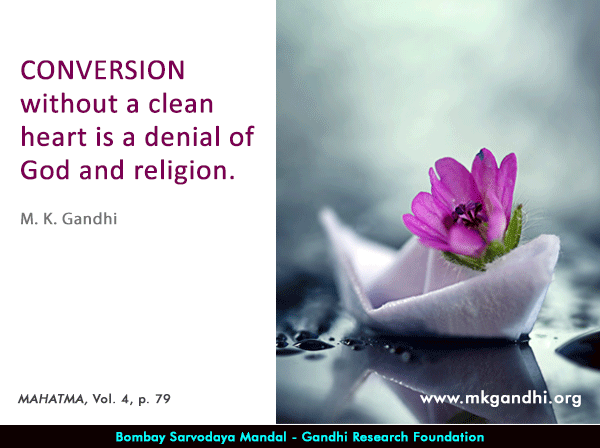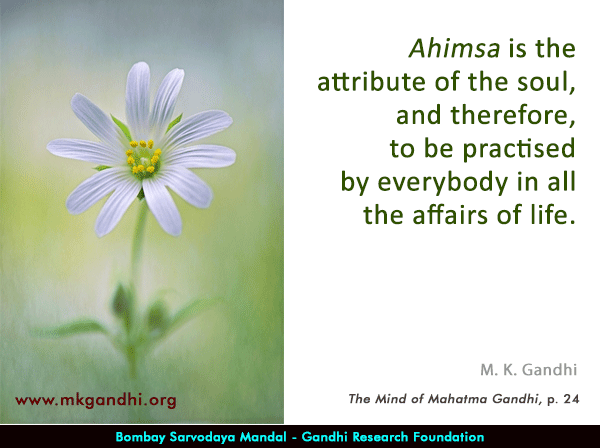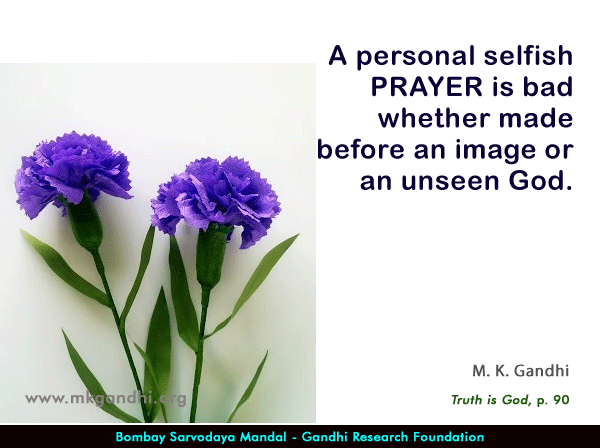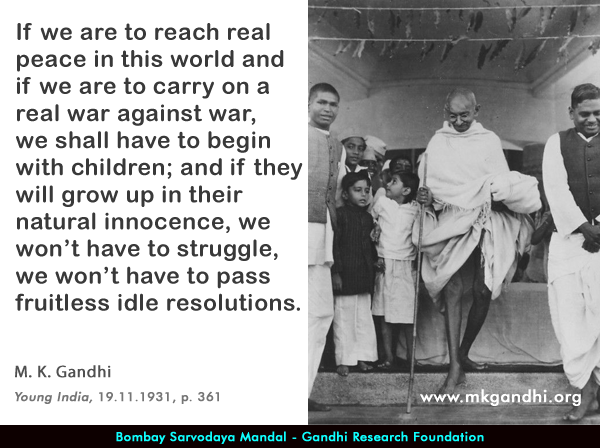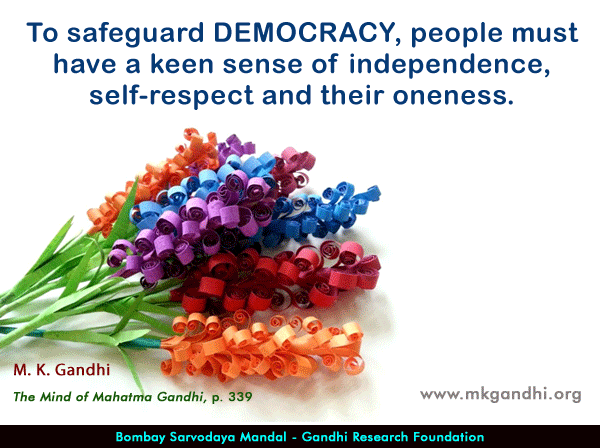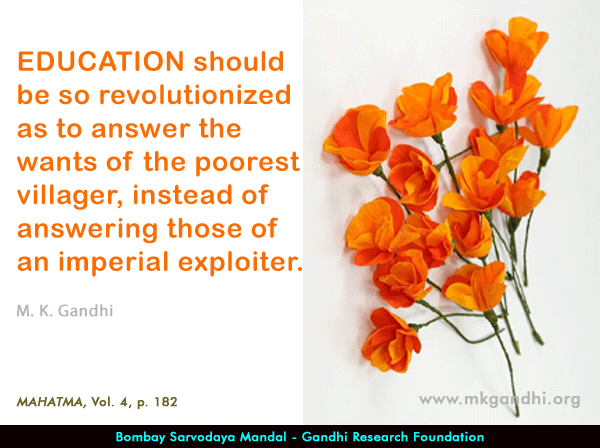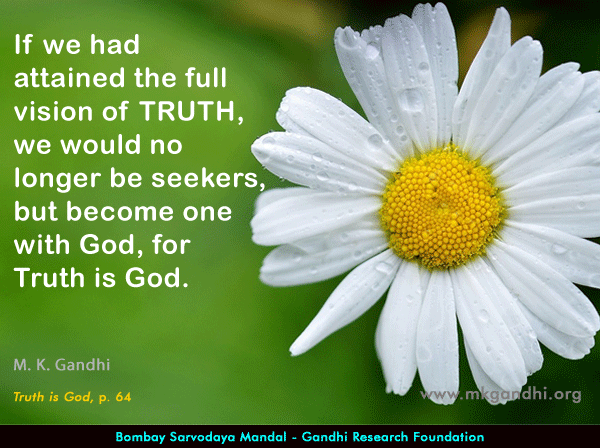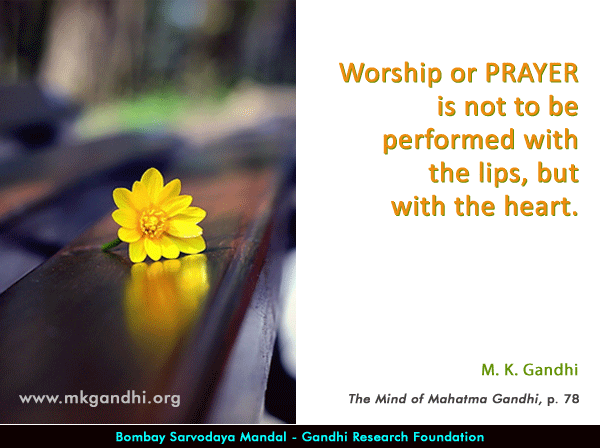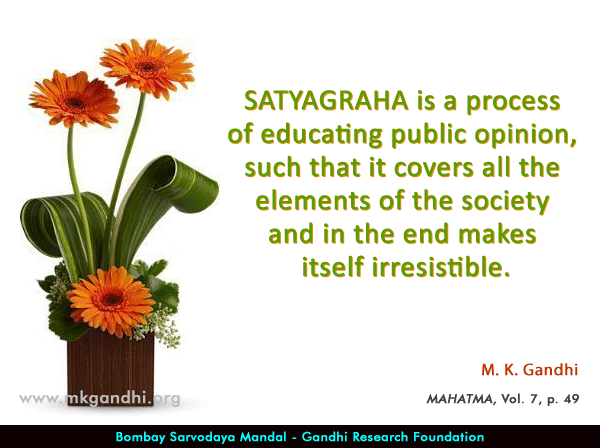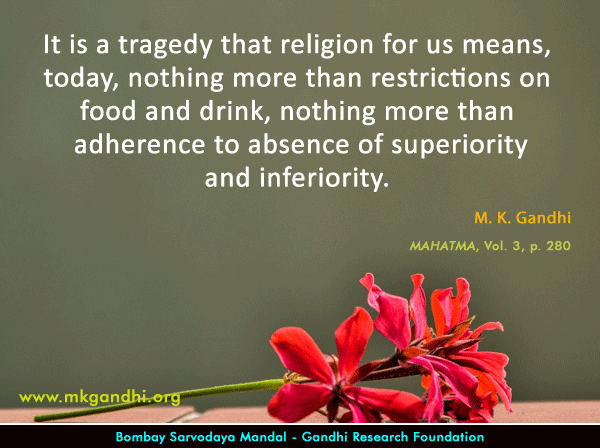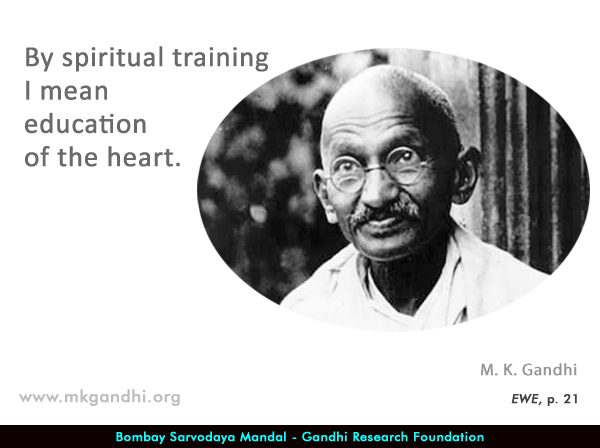The meaning of Gandhi's life is inexhaustible. He was a unique leader. His uniqueness sprang from his compassion for human being and his ceaseless striving for Truth. Success or failure as we understand it has little significance for him in this striving.
The story of this great man needs to be told, especially to our younger generation, in countless ways. National Gandhi Museum has published 'PORTABLE GANDHI PHOTO EXHIBITION' (a Set of 100 posters) which contains, English-Hindi blingual description of Gandhi's life along with a photograph to exhibit the Mahatma's life in shools, colleges, institutions and social service centers.
Wednesday, November 22, 2017
Tuesday, November 21, 2017
Monday, November 20, 2017
Saturday, November 18, 2017
Friday, November 17, 2017
Thursday, November 16, 2017
Portable Gandhi Photo Exhibition
PORTABLE GANDHI PHOTO EXHIBITION
Published by National Gandhi Museum, New Delhi, India.
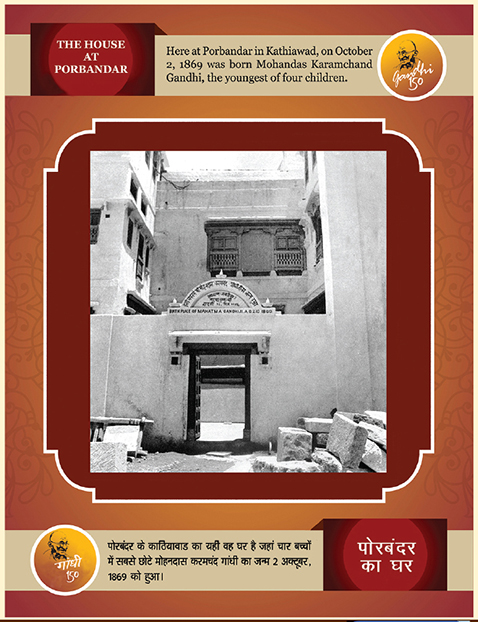
For more details...
Wednesday, November 15, 2017
Tuesday, November 14, 2017
Monday, November 13, 2017
Saturday, November 11, 2017
Friday, November 10, 2017
Wednesday, November 8, 2017
Friday, November 3, 2017
Thursday, November 2, 2017
Wednesday, November 1, 2017
Tuesday, October 31, 2017
Monday, October 30, 2017
MK Gandhi's most 'indelicate' gift for Queen Elizabeth
MK Gandhi's most 'indelicate' gift for Queen Elizabeth
(and other stories about Khadi)
Former British Prime Minister Winston Churchill had called him 'a seditious middle temple lawyer' posing as a 'half-naked fakir'.
Pramod Kapoor
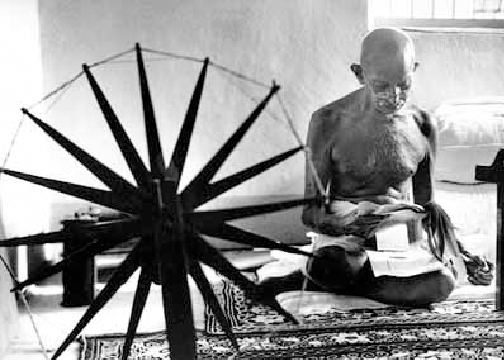
The most iconic image of Mohandas Gandhi shows him bare-chested, clad in a loincloth, and reading a newspaper while seated next to a spinning wheel or charkha. That picture, taken by legendary American photographer Margaret Bourke-White, was shot for the now defunct Time Life Magazine. It was taken in 1946, when Bourke-White arrived in Poona (now Pune), where Gandhi had been imprisoned by the British. Gandhi had taken up spinning to inspire fellow Indians to boycott British goods and buy local produce, including homespun cotton. The photograph went on to become an indelible image, the slain civil disobedience crusader with his most potent weapon.
Former British Prime Minister Winston Churchill had called Gandhi a “half-naked fakir”. He had disparagingly remarked: “Ít is alarming and also nauseating to see Mr Gandhi, a seditious middle temple lawyer, now posing as a fakir… striding half-naked up the steps of the Viceregal palace… to parley on equal terms with the representative of the king-emperor.” The statement was made in 1931, a decade after Gandhi discarded stitched clothes for the loincloth (dhoti) and shawls he sometimes spun himself. It was the year he was invited for tea with Queen Mary and King George V at Buckingham Palace during a visit to London. Dressed in his customary dhoti, a loincloth loosely draped over his naked torso and wearing homemade sandals, he must have been the oddest looking visitor to Buckingham Palace. When the meeting was over, he was walking out of the palace gates when a journalist asked if he thought he was wearing enough. Gandhi’s reply: “But the King was wearing enough for the both of us.”
Former British Prime Minister Winston Churchill had called Gandhi a “half-naked fakir”. He had disparagingly remarked: “Ít is alarming and also nauseating to see Mr Gandhi, a seditious middle temple lawyer, now posing as a fakir… striding half-naked up the steps of the Viceregal palace… to parley on equal terms with the representative of the king-emperor.” The statement was made in 1931, a decade after Gandhi discarded stitched clothes for the loincloth (dhoti) and shawls he sometimes spun himself. It was the year he was invited for tea with Queen Mary and King George V at Buckingham Palace during a visit to London. Dressed in his customary dhoti, a loincloth loosely draped over his naked torso and wearing homemade sandals, he must have been the oddest looking visitor to Buckingham Palace. When the meeting was over, he was walking out of the palace gates when a journalist asked if he thought he was wearing enough. Gandhi’s reply: “But the King was wearing enough for the both of us.”
READ FULL ARTICLE
Subscribe to:
Posts (Atom)



